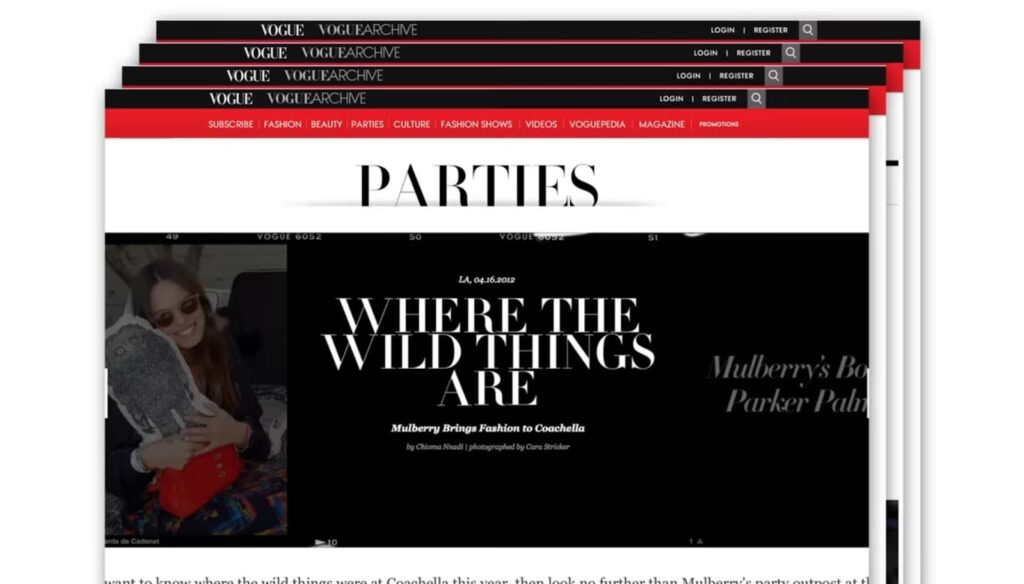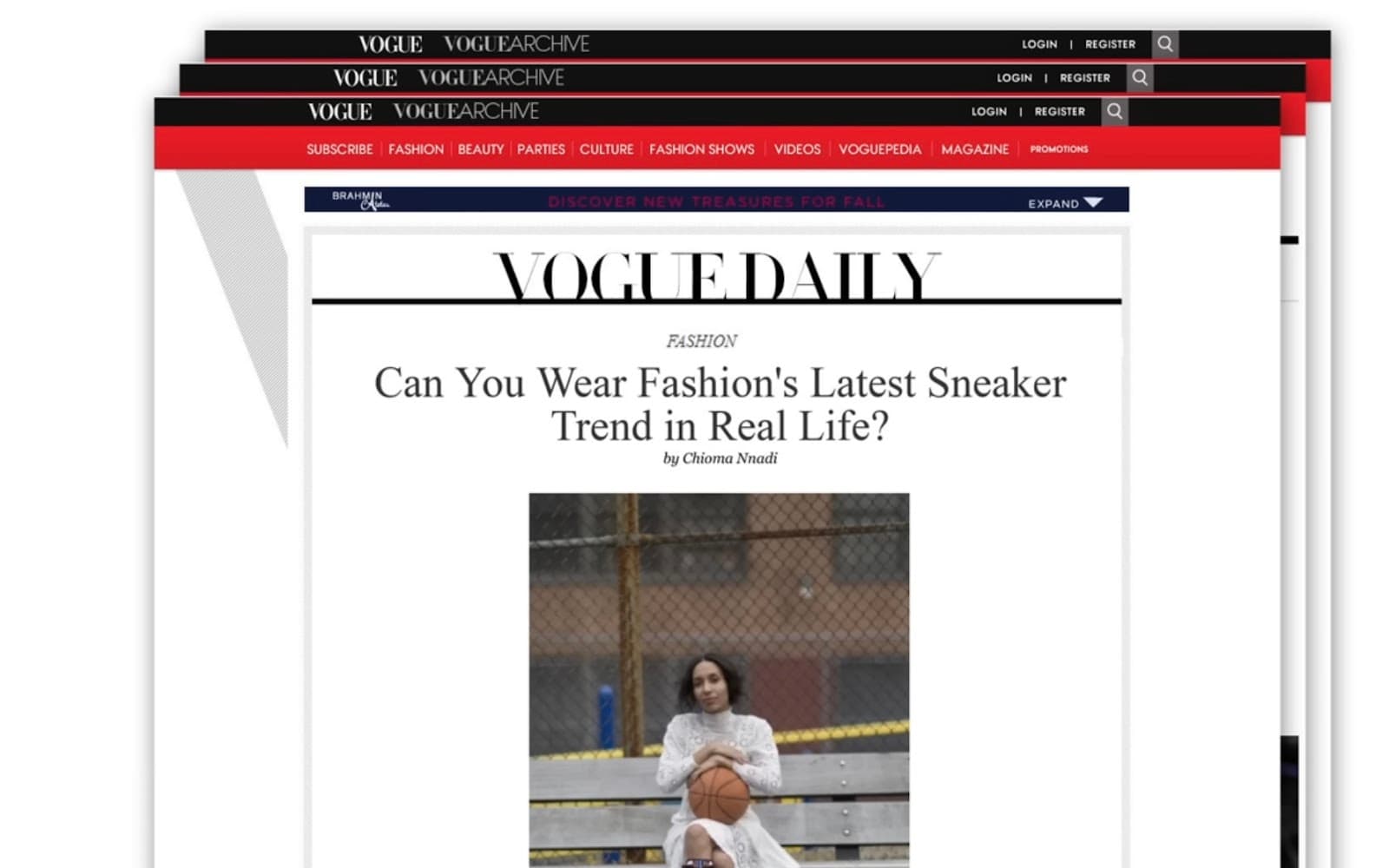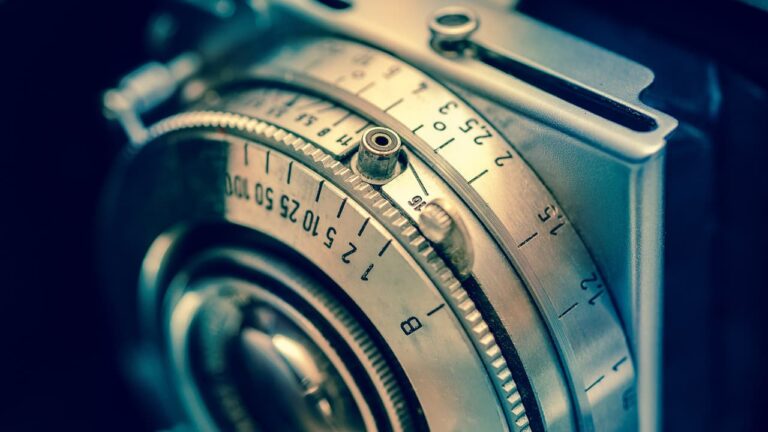For those aspiring to the role of a fashion editor, the journey often commences with an internship at a fashion-centric publication. Contrary to popular belief, the position of a fashion editor isn’t typically accessible to newcomers. Individuals, whether they are students, recent graduates, or those with minimal experience, are recommended to seek internships first. This might mean starting as an editorial assistant, interning alongside a seasoned fashion editor, or even as an intern writer. Progression will see one stepping up to the role of an editor’s assistant, a fully-fledged position. After dedicating several years to the industry, the doors to the coveted editor position, and eventually the editor-in-chief role, will swing open.
To many, this trajectory might seem daunting, especially for those who haven’t dipped their toes into the industry. Yet, it’s essential to remember that the road to becoming a fashion editor isn’t solely determined by one’s academic qualifications or past experience. It’s about seizing the right opportunities (like internships) and acquiring vital skills. Before diving into the skills, let’s unravel the layers of a fashion editor’s role.
What Is A Fashion Editor
Beyond the confines of magazine pages, the role of a fashion editor encompasses more than penning down stylish articles. Essentially, a fashion editor is an amalgamation of a writer and a stylist. The balance between writing and styling varies among individuals. While some editors lean heavily towards writing, others blend both. Aspiring editors can chart their own course, deciding if they wish to wear both hats or specialize in one.
Moreover, their influence isn’t restricted to writing alone. Fashion editors are the brains behind fashion editorial productions, curating the magazine’s fashion content — from handpicking the season’s must-haves for feature pages to orchestrating which articles and photo spreads grace their pages. Their jurisdiction covers both digital content curation and designing the layout for print versions.
Fashion editors have the flexibility to either freelance or be anchored to a specific magazine. Freelancers often juggle multiple clients, catering to diverse magazines simultaneously, and are compensated per project. On the other hand, those employed on a regular basis dedicate their expertise to a single publication.
Essential Skills for an Aspiring Fashion Editor
To carve a niche in the world of fashion journalism, a broad spectrum of skills is imperative, with writing being just one facet of the multifaceted role of a fashion editor. The misconception that their day revolves solely around penning articles is far from reality.
An article, akin to a mosaic, comprises various components: the genesis of the idea, accompanying visuals, potential interviews, feedback, and meticulous research. In the digital age, it often extends to uploading content onto platforms. Thus, for those targeting the title of a fashion editor, a plethora of abilities await mastery.
Skills Every Fashion Editor Should Possess
1. Hone Your Writing Craft
Writing is both an art and a science. Though mirroring the styles of iconic fashion writers might seem tempting, authenticity reigns supreme. Each writer brings a unique flavor; some opt for a conversational tone, particularly for digital platforms with shorter, more engaging pieces. In contrast, others paint vivid pictures with their words, reminiscent of articles by Angelo Flaccavento in Vogue Italia. Embracing one’s individual style, refined over time, is paramount. Yet, the non-negotiable foundation is impeccable grammar. An article riddled with errors detracts from its credibility. Regular writing, paired with thorough proofreading, is a recipe for success.
2. Refine Your Research Acumen
In a realm as ever-changing as the fashion industry, merely keeping pace isn’t enough; one must stay ahead of the curve. Fresh perspectives and trailblazing concepts don’t just shape the narrative; they define it. Every fashion editor worth their salt knows that innovation doesn’t happen in a vacuum. It’s a constant interplay between observation, research, and intuitive understanding of cultural zeitgeist.
- Indeed, the digital age has expanded the horizons of idea sourcing. A tweet, an Instagram post, or even a fleeting TikTok video can spark the seed of a groundbreaking story. But while digital platforms offer a plethora of information, the true art lies in sifting through this vast expanse to identify what truly resonates with readers.
- Conversations, both online and offline, play an instrumental role. A casual chat at a fashion event, a reader’s comment on a blog post, or an animated discussion on a forum can open doors to avenues previously unexplored. But, for all this to come together seamlessly, one needs to have an intuitive grasp on ‘lead time.’ It’s not just about what’s relevant now but forecasting what will be pertinent when the content finally meets its readers.
In essence, the challenge and beauty of being a fashion editor in this dynamic landscape lie in this continuous dance between ideation and execution, where innovation is the melody that guides every step.
3. Master the Art of Pitching
As with any industry driven by creativity and innovation, fashion journalism is as much about the quality of ideas as it is about communicating them compellingly. Every idea, no matter how groundbreaking, requires a platform, an audience willing to engage and appreciate its essence. This is where the art of the pitch enters, becoming the bridge between idea inception and its manifestation.
- Pitching is more than just presenting an idea; it’s about packaging it in a manner that resonates, that piques interest, and that promises value. For a freelancer, the pitch can often be the first impression, the ticket to not just one assignment but potentially a lasting relationship with a publication. A well-crafted pitch can translate into consistent assignments, ensuring a steady income and, more importantly, a foothold in the competitive world of fashion journalism.
- For in-house editors, pitching isn’t just a task; it’s an opportunity. Every successful pitch is a testament to their understanding of the publication’s ethos, audience, and market dynamics. It can significantly influence their position within the team, paving the way for more responsibilities, greater creative freedom, and career advancement.
Moreover, fresh voices, even if they come from the unlikeliest of sources, can be a breath of fresh air. They can challenge the status quo, bring unique perspectives, and infuse vitality into content. So, for every budding fashion editor out there, remember that while your idea is the soul, the pitch is the heartbeat that gives it life.

4. Immerse in Fashion Insights
Navigating the labyrinthine world of fashion requires more than a keen eye for aesthetics. It’s about appreciating the intricate dance of history, culture, and artistry that underpins every stitch, silhouette, and style. For a fashion editor, this foundational knowledge isn’t just beneficial; it’s essential.
- While the allure of the latest collections and the ephemeral nature of trends can be captivating, the heart of fashion lies in its stories. These are tales of designers who defied conventions, of iconic moments that changed the trajectory of style, and of socio-cultural revolutions mirrored in clothing. An editor equipped with this rich historical tapestry can craft narratives that are not only informative but deeply evocative.
- But fashion doesn’t exist in a vacuum. It’s an ever-evolving entity, mirroring the zeitgeist of its times. Hence, a truly adept editor connects the dots between the world’s happenings and fashion’s responses. Whether it’s the influence of political movements on sartorial choices or the intersection of technology and apparel, these broader perspectives enrich the content, making it more relatable and insightful for the readers.
In essence, a comprehensive grasp of the fashion realm’s breadth and depth allows editors to paint a more vivid, contextual, and meaningful picture. By intertwining global narratives with the world of fashion, they not only educate their readers but also evoke emotions, making the content both intellectually stimulating and heart-touchingly resonant.
5. Decipher SEO
In today’s digital-first landscape, merely crafting compelling content isn’t enough. To ensure one’s work reaches its intended audience, understanding and harnessing the power of SEO is crucial. As the gatekeeper of online visibility, SEO is the unsung hero that ensures a writer’s labor doesn’t get lost in the vast expanse of the internet.
At its core, SEO is about communicating with search engines. When done right, it’s like having a beacon that signals to search engines, guiding them to your content amidst the ocean of online information. The result? Your articles and insights get presented to those actively seeking them, leading to higher engagement and deeper connections with your audience.
Though it might initially seem like a realm reserved for tech-savvy individuals, the beauty of SEO is its accessibility. Simple strategies, such as the thoughtful integration of relevant keywords, can significantly enhance content discoverability. Furthermore, by ensuring images are correctly tagged and linked, editors can give their articles an added edge in search rankings.
Moreover, as search engines continually evolve, they prioritize user experience, meaning quality content combined with sound SEO practices is a recipe for success. So, for fashion editors aiming to make an indelible mark in the digital space, mastering the nuances of SEO isn’t just a handy skill—it’s a game-changer. By seamlessly merging editorial flair with SEO savviness, they can ensure their voice resonates far and wide.
6. Cultivate Networking Prowess
The fashion world, as glamorous as it may appear, is fundamentally built on relationships and collaborations. In an industry where who you know can be just as critical as what you know, fostering and nurturing relationships is paramount. Whether it’s getting the latest scoop, collaborating on groundbreaking projects, or seeking guidance from industry titans, having a strong network can open doors that remain closed to many.
The digital age, with its plethora of social platforms, has revolutionized how professionals in the fashion industry connect. No longer are relationships built solely through face-to-face interactions at fashion shows or exclusive events. Platforms like LinkedIn have emerged as powerful tools for professional networking, allowing budding editors to engage with industry leaders, while Instagram offers a more personal, visual insight into the ever-evolving world of fashion.
This democratization of networking means that irrespective of one’s location, be it a bustling fashion capital or a remote town, connections can be made. It breaks down traditional barriers, enabling aspirants to reach out directly to established figures, share their work, and solicit feedback. Moreover, these digital platforms facilitate mutual growth. By engaging with diverse voices and perspectives from across the globe, one can gain a richer, more nuanced understanding of the fashion landscape.
In essence, in an industry as dynamic and multifaceted as fashion, the strength and depth of one’s network can be a defining factor in their success. The digital age, with its boundless opportunities for connection, ensures that no talent goes unnoticed.
7. Acquire Technical Expertise
In today’s swiftly digitalizing world, the role of a fashion editor extends beyond just curating content. The digital frontier demands a blend of creativity with technical know-how. Tools like WordPress, Photoshop, and Google Analytics have emerged as essential components in the arsenal of a modern fashion editor. Their mastery can significantly bolster one’s prowess in the industry.
- WordPress, a dominant content management system, empowers editors to seamlessly upload, format, and publish their pieces, ensuring that the content reaches readers in its most impactful form. Meanwhile, Photoshop, a cornerstone in the realm of image editing, allows editors to enhance visuals, ensuring they resonate with the story’s essence and meet the high aesthetic standards the fashion world demands.
- On the other hand, Google Analytics provides invaluable insights into the readership. By tracking which articles resonate most, where the traffic originates, and how long readers stay engaged, an editor can tailor content more effectively, aligning with audience preferences and maximizing impact.
In essence, while the core of fashion editing remains rooted in storytelling, the digital landscape demands a multifaceted approach. By integrating these technical tools, an editor not only enhances their versatility but also ensures they remain at the forefront of industry evolution. In an age where the line between content creator and technologist is blurring, such adaptability is not just beneficial—it’s imperative.
8. Delve into Styling
While some editors gravitate towards writing, others have a flair for styling. This aspect transcends mere ensemble creation; it’s about weaving a narrative, especially for magazine editorials. Styling, while partly innate, also involves logistical aspects like outfit selection, casting, and shoot direction, particularly at advanced career stages.
To wrap up
Embarking on a journey to become a fashion editor is akin to venturing into an expansive, dynamic landscape, where each skill acquired is a milestone achieved. The fashion world, ever-evolving and vibrant, demands more than just surface-level engagement. Each role within this sphere, especially that of a fashion editor, requires an intricate blend of artistry, technical acumen, and industry insight.
- Being a fashion editor is not about chasing ephemeral trends but about understanding the deeper currents of the industry and translating them into engaging narratives. From crafting poignant articles, pitching compelling story ideas, to understanding the nuances of digital platforms, each facet is pivotal. It’s a role where one’s individual voice, backed by rigorous research and enriched by networking, can leave a lasting impact on readers.
- Moreover, the continual advancements in digital technology underscore the importance of adapting and expanding one’s toolkit. From mastering SEO to leveraging analytics and diving into visual storytelling, the digital era offers myriad avenues for editors to reach and resonate with their audience.
- However, at the heart of all these skills and tools lies the essence of authenticity and passion. As the adage goes, “Fashion fades, but style is eternal.” Similarly, while trends in fashion journalism may shift, the essence of genuine storytelling, grounded in deep knowledge and presented with flair, will always find its audience.
In sum, the path to becoming a fashion editor is one of commitment, continuous learning, and, most importantly, a love for the world of fashion. Embrace the journey with fervor, and the destination will undoubtedly be rewarding.







